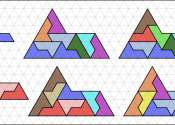A magnetic method to control the transport of chiral Majorana fermions
The Majorana fermion, a particle that is its own antiparticle, was originally introduced as a putative elementary particle by Ettore Majorana in 1937, and the chiral Majorana fermion was experimentally observed in topological ...









